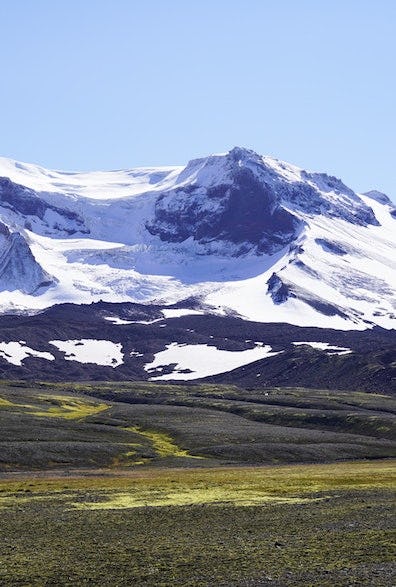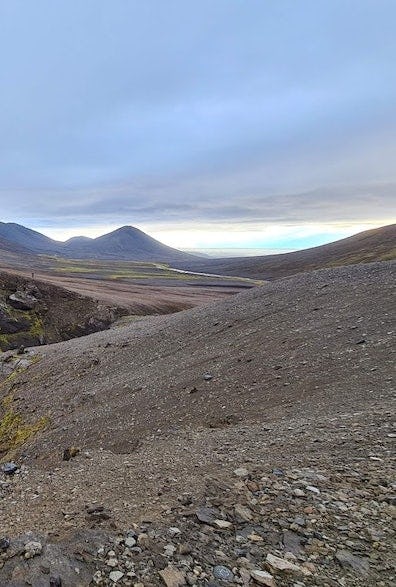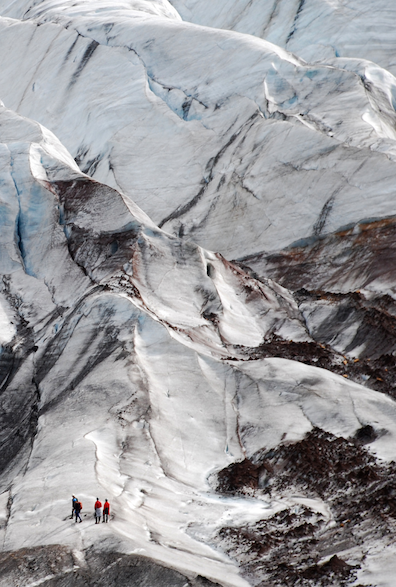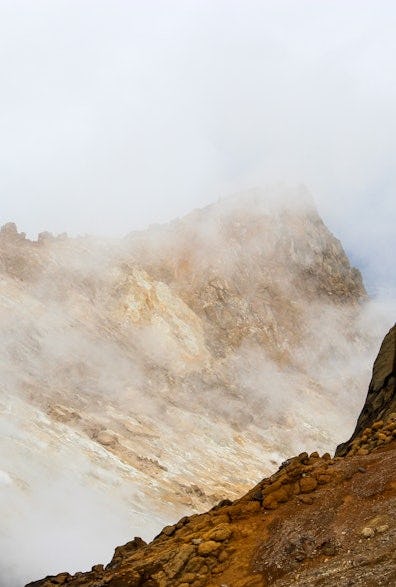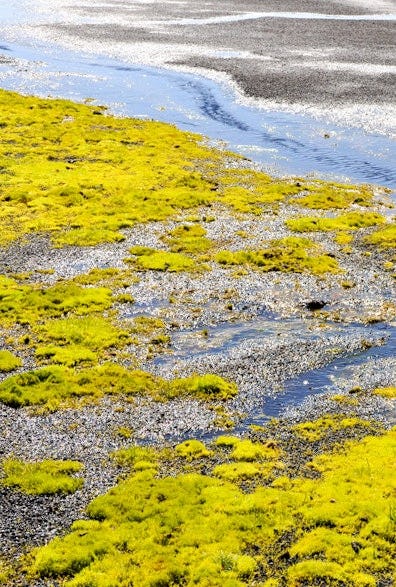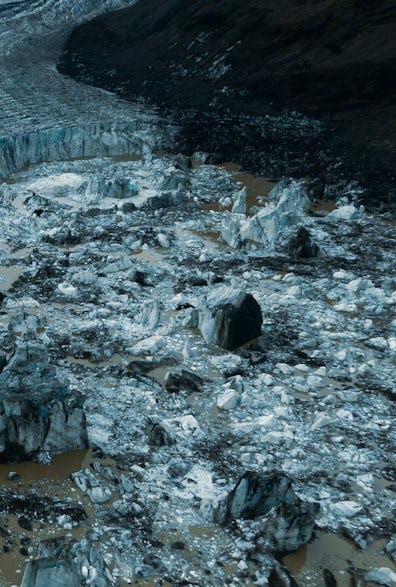History & culture
Vatnajökull National Park and the neighbouring areas have many and varied cultural remains and there are tales of human habitation and farming in the area, of the hardships, natural and supernatural forces with which the locals had to contend, and there is also the history of travels and other events that took place in the area over the centuries.

In Jökulsárgljúfur and the area to the south of the glacier there are sites of abandoned farms and many other remains connected with agriculture and fishery to the south of the glaciers. This area also has ancient travel routes between settlements, through difficult terrain, unbridged rivers and glaciers. The proximity of human habitation on the fringes of the National Park differs by areas and this difference is reflected in the culture and attitudes of the people with regard to the symbiotic connection between the land and the people and the good and bad effects that can result.
To the south of the glacier, human activity was influenced by the proximity of settlements to the glacier. There, people learned to live among bellowing glacial rivers and ever-changing creeping glaciers. To the north of the glacier the highlands the uninhabited area had an atmosphere of mystery and people were in fear of outlaws and many kinds of otherworldly creatures that might lurk there. Closer to human settlement, human interaction was influenced by the proximity to the river Jökulsá á Fjöllum, which could be a huge barrier to travellers and devastating to farming when it invaded fields and destroyed land.
In past centuries there were travel routes in the highlands to the west, north and east of the glacier, including Vatnajökulsvegur hinn forni (Old Vatnajökull road), Biskupaleið (Bishops' path) and Bárðargata (Bárður's road) and people also used to go across the eastern part of the glacier. There are remains of these routes in the form of cairns, aerial trams, fords and ferry points, and in many places there are also shepherd huts. Some of these have been converted to hiking lodges. At Herðubreiðarlindir and Hvannalindir there are remains that attest to outlaws having lived in the area. Various place names are connected to the history and folk tales of the area. Recording and mapping of the cultural remains in the area has been of varied quality. Some of them are endangered due to geological changes or tourist incursions, and in some places they are in the process of being covered by vegetation.
